Co-Project Lead
UX/UI Designer
Pitch Presenter
Persona
Mid-Fidelity Design
Brand Strategy
FigJam
Figma
JAN 2025
1 DAY
Co-Project Lead
3 UX/UI Designers
In January 2025, I invited a team of UX/UI designers to participate with me in the Rogers UXperience Designathon in Stratford — a one-day UX competition supported by Rogers mentors and concluded with a pitch to seven Rogers judges.
In the three days leading up to the event, I prepared by reviewing the released design materials, problem statements, and business model — focusing on Rogers’ premium telecom clients.
Today, 90% of brands — from Sephora to PC Optimum — offer loyalty programs. The average Canadian belongs to 14 programs, increasingly shaped by trends in gamification and free rewards.
Rogers launched Beyond the Seats to enter this space but faced barriers in program awareness, with 98% of customers unaware it existed. With 63% of consumers reporting that loyalty programs influence their purchasing decisions, Rogers continues to view this as a valuable opportunity to strengthen customer loyalty through strategy, economics, and consumer behaviour.
Rogers’ Beyond the Seat loyalty program faced a 98% customer awareness gap despite years of rollout. The challenge was to design an outreach and brand strategy to increase engagement and visibility.
A website or mobile app, backed by strong marketing, to target premium telecommunications consumers and leverage Rogers’ entertainment partnerships and emerging technologies, including 5G, Internet of Things (IoT), and augmented reality (AR).
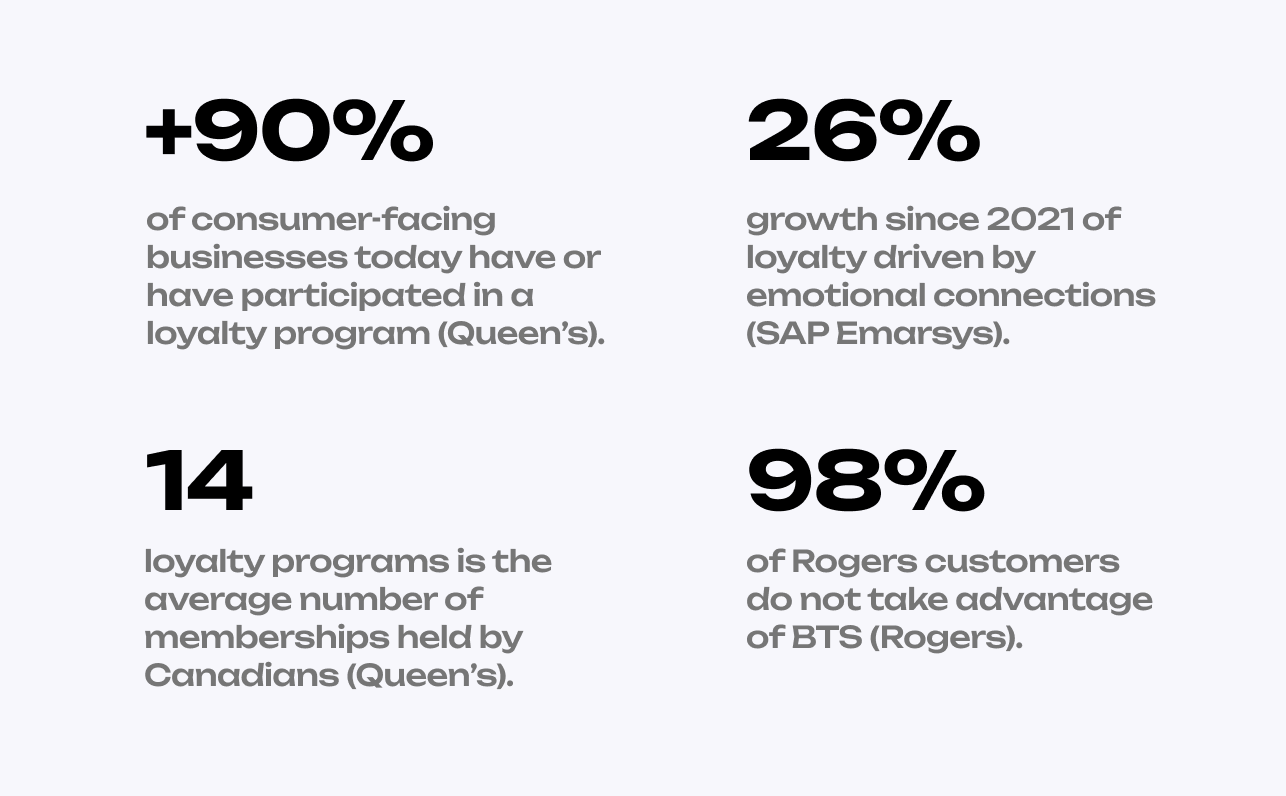
Figure 1: Loyalty Program Trends in 2025
To ensure the solution addressed real user needs, we conducted rapid user research using methods suited to a short time frame.
We consulted with Rogers mentors and asked:
• Who is the ideal target consumer?
• What’s the long-term vision for this loyalty program?
• How would this integrate with existing systems and apps?
• Explored online forums
• Researched trends, current Rogers offerings, and industry statistics
• Analyzed case studies from brands
like Sephora, Amazon, Starbucks, and T-Mobile
We began by identifying user requirements. Next, we developed a persona to create a user flow and guide design decisions. This informed early iterations.
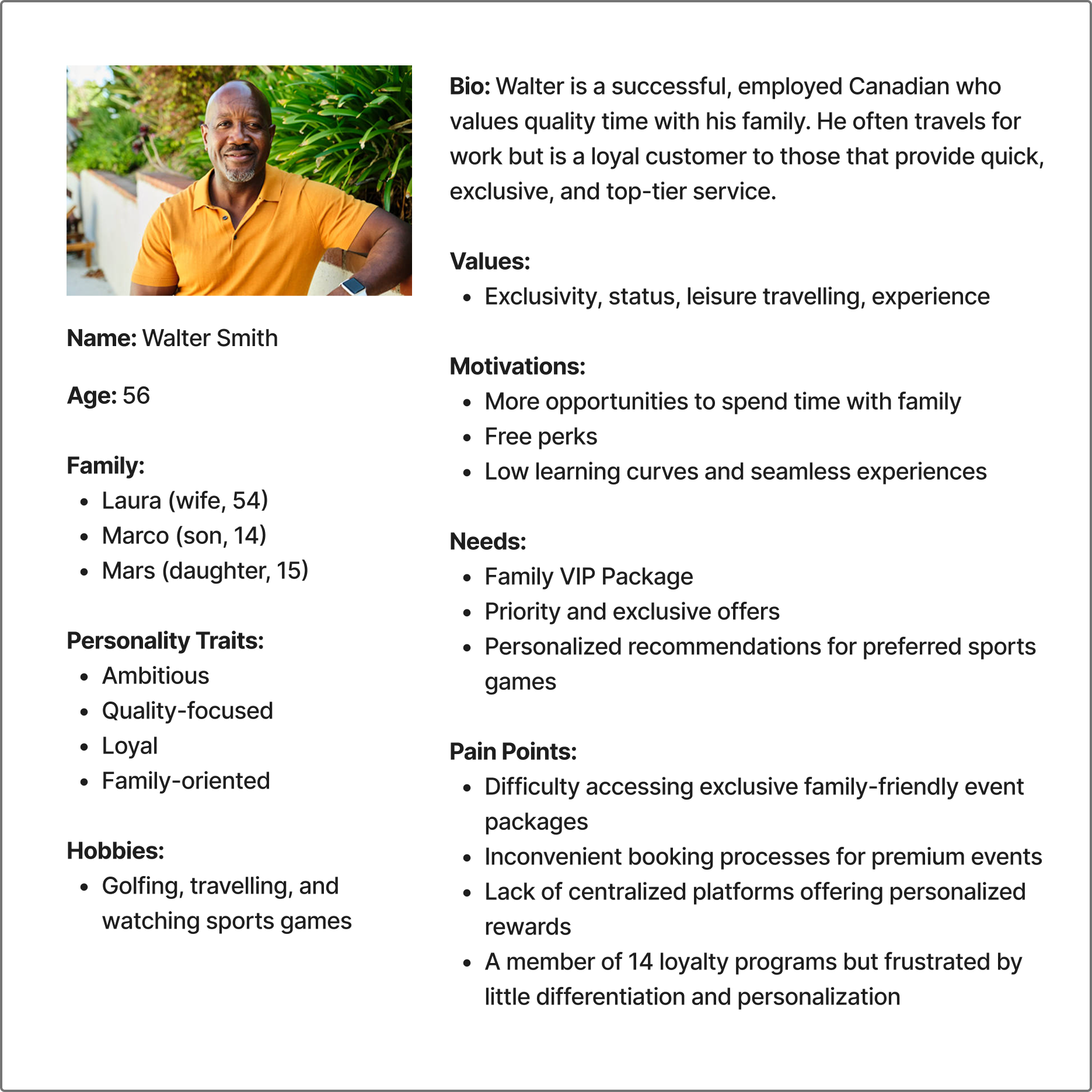
Figure 2: Ideal Rogers Consumer Persona
The design thinking stages (Empathize, Define, Ideate, Prototype, Test) were referenced, but Test was not fully implemented due to time constraints.
We started by listing core requirements, identifying pain points, and designing iterative solutions.
• Instant benefits to encourage onboarding
• Personalization to maintain emotional connection (e.g. family perks and plans)
• Exclusivity through a tiered system to reward loyalty and drive continued engagement
• Simplicity inspired by the most effective models in the market
After iterations, additional features included:
• Gamification to build community
• Outreach initiatives to improve visibility in local markets
My Contributions: Probed subsequent questions to mentors, proposed using the design thinking stages framework with a user persona, brainstormed persona with team members, and analyzed three external loyalty program case studies.
Scattered program info across platforms, limited local outreach, and confusion around access, rewards, and eligibility.
Personalized event recommendations, a secure way to share with friends and family, and a single reliable platform for program information.
Emotional loyalty has grown 26% since 2021 and is projected to reach 34% in 2025. Gamification and tiered reward systems are becoming key drivers in loyalty program success.
A personalized, gamified mobile app that centralizes reward access, tier upgrades, and community-driven, loyalty-first features for Rogers customers.
• A user persona informed by secondary research and mentor interviews
• A mid-fidelity UX/UI prototype highlighting key features tailored to the persona
• A strategic outreach plan to raise awareness of the client-specific app
Introducing the Rogers: BTS Mobile App. All existing rewards remain available to general Rogers customers, but, those on premium plans are now automatically upgraded to a new VIP tier. This tier introduces family-focused loyalty features and online sports bet reward challenges, improving the customer experience and boosting long-term engagement.
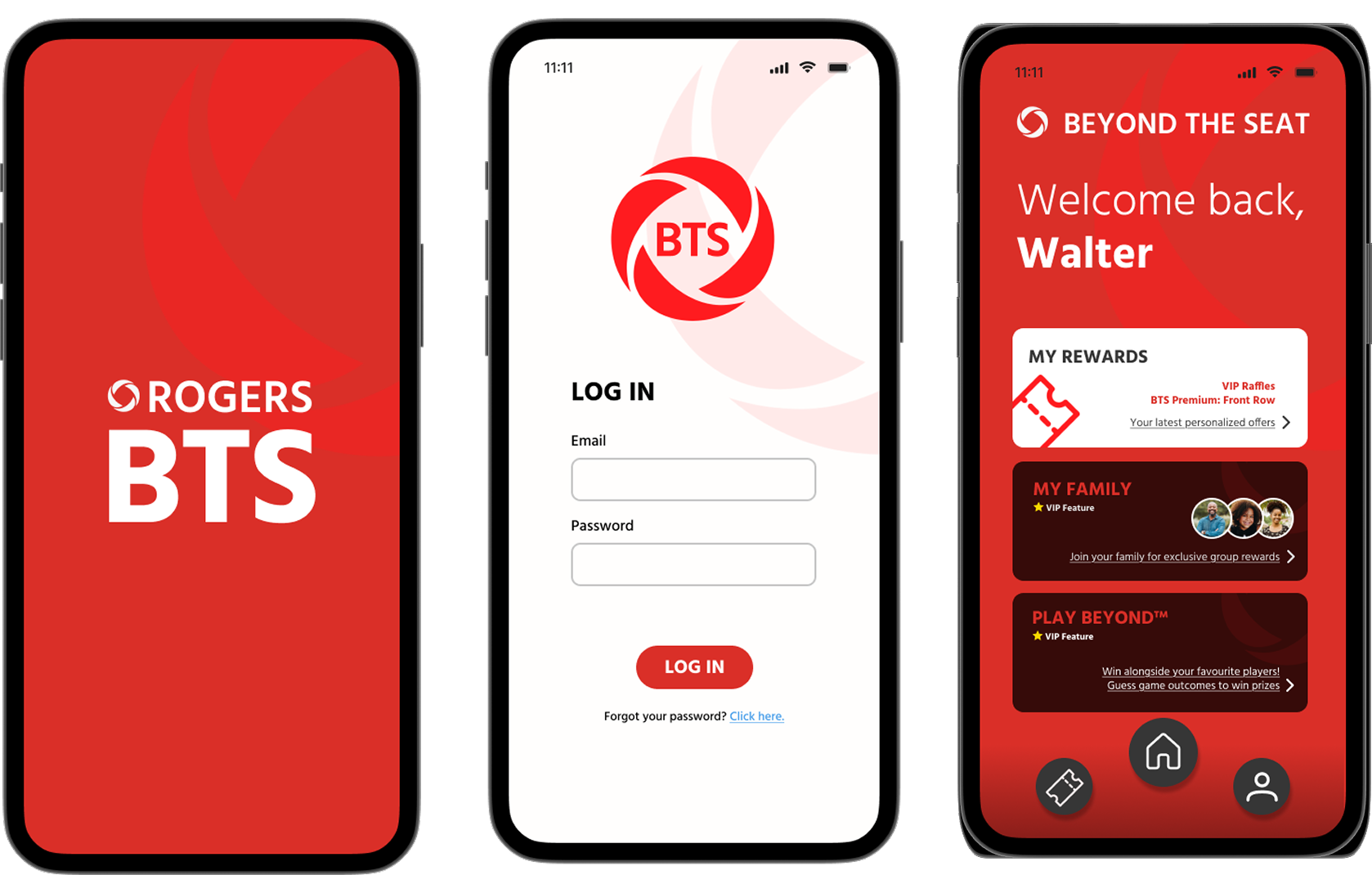
Figure 2-4: Users skip the sign up process and login with their email and Rogers password. Upon log in, users immediately access rewards from both plans.
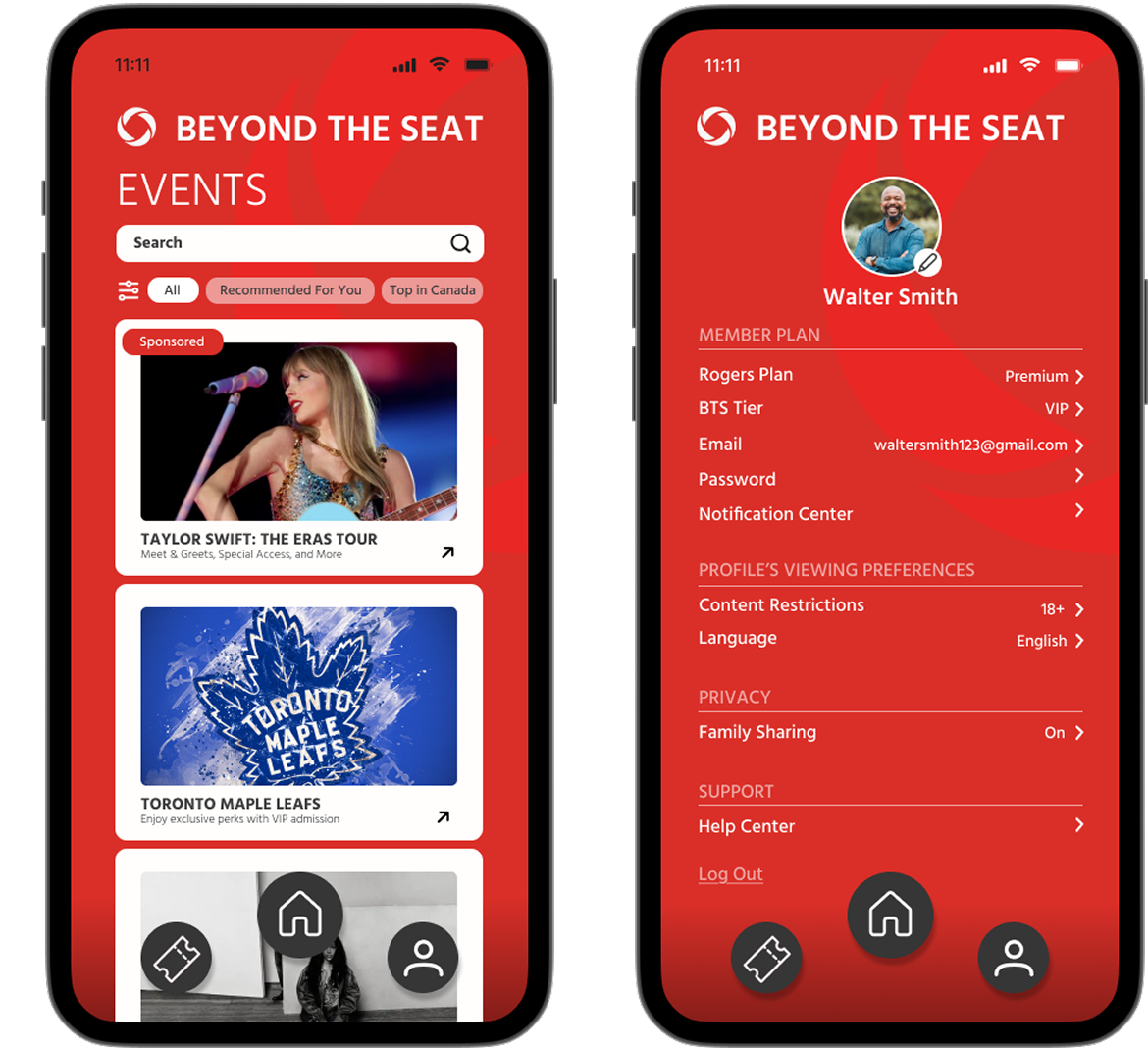
Figure 5-6: The Events tab allows users to filter, search, and view AI-recommended, sponsored, and top events in Canada. The Profile & Settings page allows for experience personalization and upgrades for VIP perks.
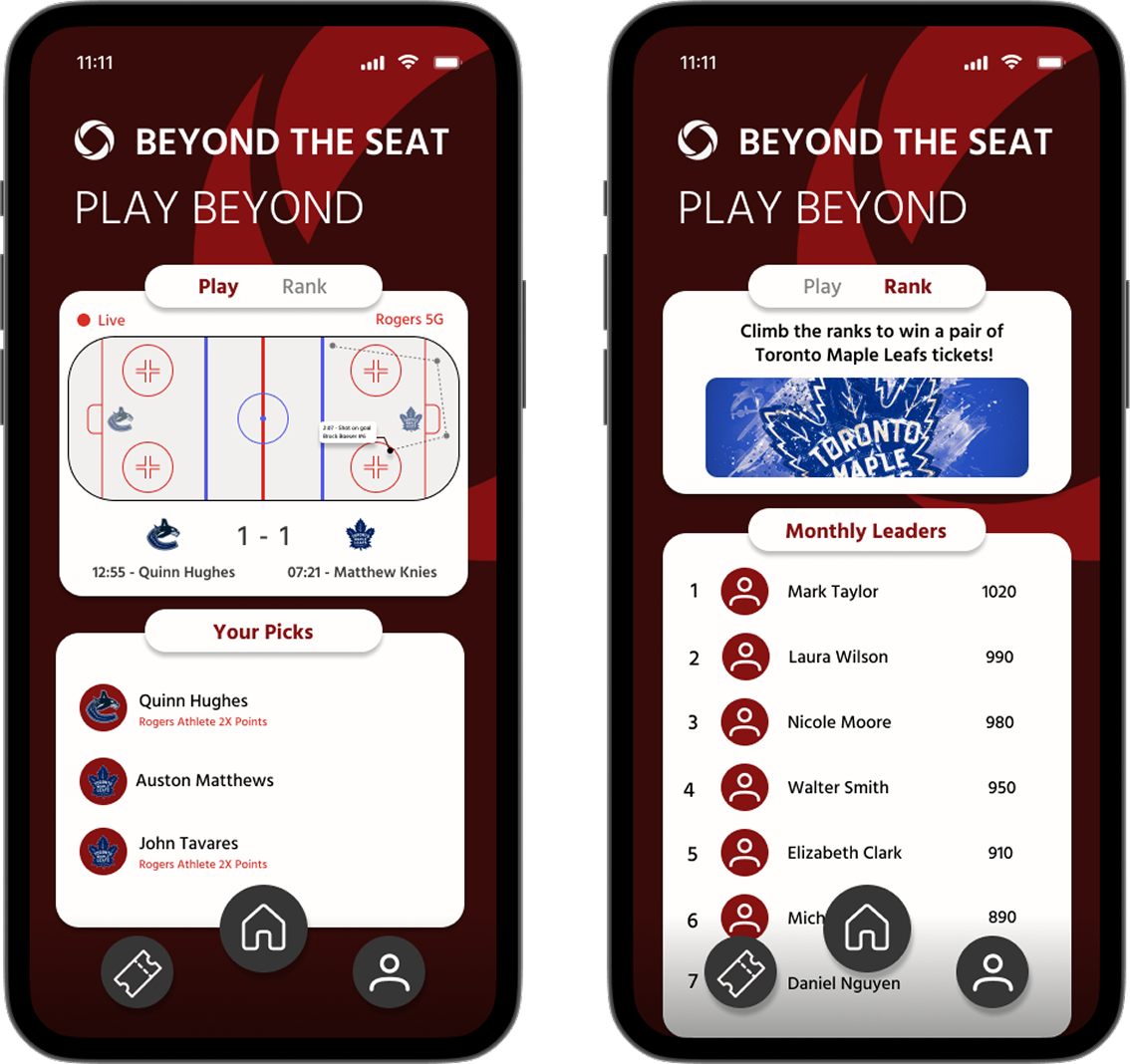
Figure 7-8: Play Beyond allows users pick goal scorers, track games live with 5G, and climb a monthly leaderboard for prizes.
As part of an expansion strategy, interactive booths in local malls and event spaces will demo AR features powered by Rogers’ 5G. This hands-on, real-time experience aims to increase adoption, highlight 5G’s capabilities, and expand program visibility and reach.
My Contributions: Designed UI for profile, events, and home screens. Conceptualized group/family perks, sponsored event integration, and Spotify "freemium"-inspired event filtering and sorting.
We reimagined brand loyalty through emotional connection, personalization, and community engagement. We shifted Beyond the Seat from transactional rewards system to a lasting, Canadian loyalty experience that stands out.
Our award winning Beyond the Seat solution earned first place by Rogers' judges.
• Using the Design Thinking framework to structure our process to move quickly within a tight timeline
• Collaborating in Figma for rapid iterations and team feedback
• Identifying key differentiators for our app based on data-driven insights (e.g. emotional and community-driven loyalty)
• Drawing from successful case studies — e.g. sports betting mechanics like FanDuel,
tiered rewards, group perks like Netflix's shared account model, and AI-driven recommendations
like Spotify
• Designing with scalability in mind — our solution shows strong potential for future
growth and monetization
• User Persona: Due to time constraints it was based on ideal consumer, but next time we would aim to use more real data
• Ideation Platform: Started ideating on whiteboard, but FigJam led to quicker, better collaboration
• Task Delegation: Many team members were assigned to work on one UI — assigning by strengths earlier can save time
• Conduct user tests on the prototype to validate usability and iterate to improve user satisfaction
• Pilot Play Beyond during live games and AR booths at local venues
©2025 Andreea. No templates—just old fashioned code and creativity.